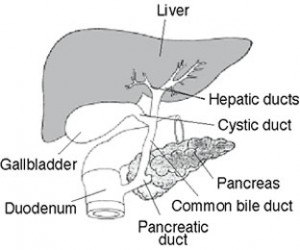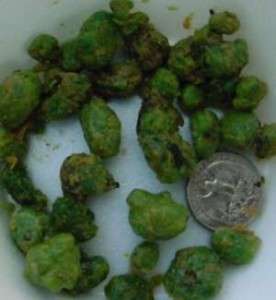Congressman John Murtha Dies from a Surgical Mishap

Congressman John Murtha, 77, has died of complications of gall bladder surgery. The decorated Vietnam War veteran was the top Democrat on the committee that determines Pentagon spending. Murtha was the first Vietnam vet elected to Congress and had served 36 years in the House before his death. He made headlines in 2005 when he called for the withdrawal of troops from Iraq, in stark contrast to his past hawk foreign policy position. Murtha had been placed in the intensive care unit at Virginia Hospital Center in Arlington, Virginia last week after suffering from complications of gall bladder surgery. Specifics as to what complications these were, or the original reason for the gallbladder surgery have not been released.
What is the gallbladder?
The gallbladder is a hollow sac-shaped organ which stores bile between meals. Bile is a thick yellow-green digestive fluid which contains primarily cholesterol, bile acids (also called bile salts), and bilirubin (a breakdown product of red blood cells). It also contains water and body salts (potassium and sodium). It’s function is to break down fats into fatty acids which can be absorbed by the body. Bile is produced by cells in the liver and flows through small tubes (ductules) which run throughout the liver. These small tubes come together to form larger tubes (ducts) and eventually form the right and left hepatic ducts. These exit the liver and form into a common hepatic duct. About one third of the way along the length of the bile duct, the gallbladder attaches by a small duct called the cystic duct and forms the common bile duct. The common bile duct passes through part of the pancreas before it empties into the first part of the small intestine (the duodenum), next to where the pancreatic duct also enters the small intestine (see diagram).
Gallstones are small hard deposits that form in the gallbladder. They can be as small as a grain of sand or as large as a golf ball. The majority of gallstones are yellow-green and are made primarily of hardened cholesterol. Gallstones, in themselves, do not cause any symptoms. It is only when a gallstone moves into any of the bile duct and obstructs it that symptoms occur. When gallstones become symptomatic, treatment consists of removal of the gallbladder (cholecystectomy). In the past this was done by an open surgical procedure, but now it is most frequently done by laparoscopic surgery (using small incisions in the abdomen), which decreases recovery time and has a lower incidence of complications.
For more information:
| Resounding Health(tm) Gall Bladder Disease |


























1 Comment